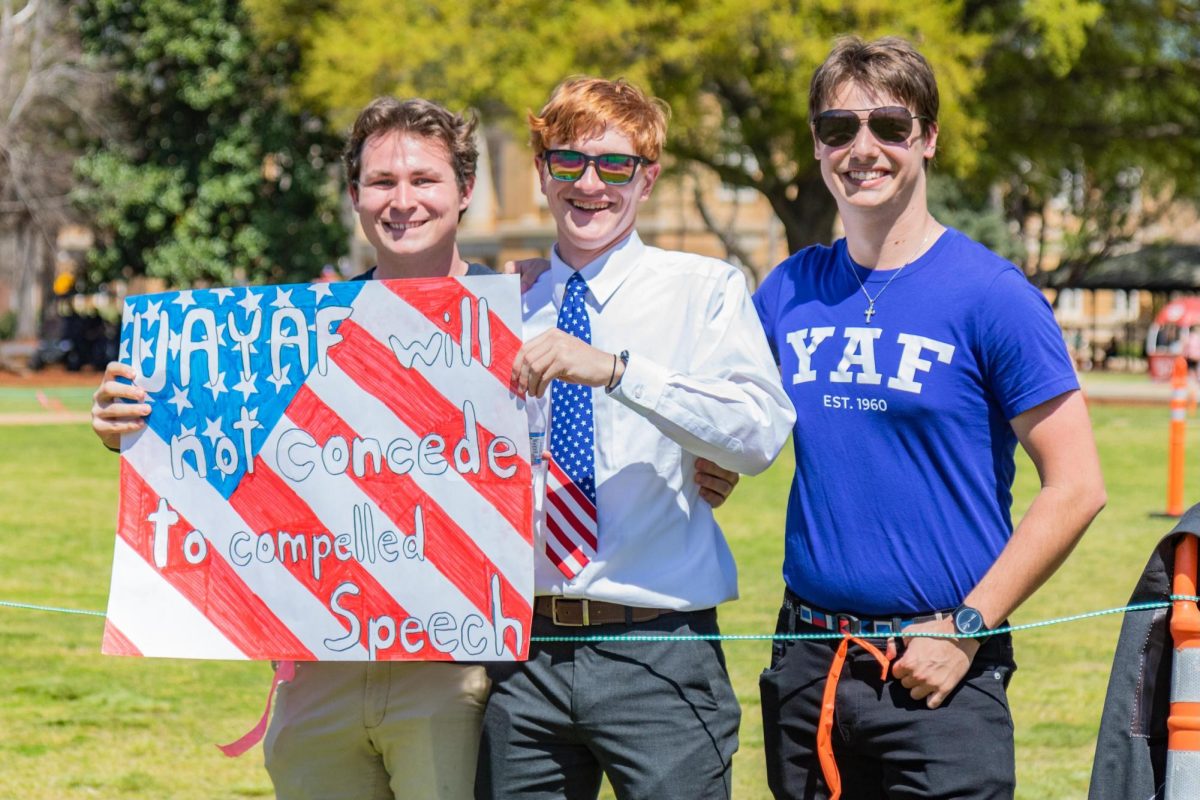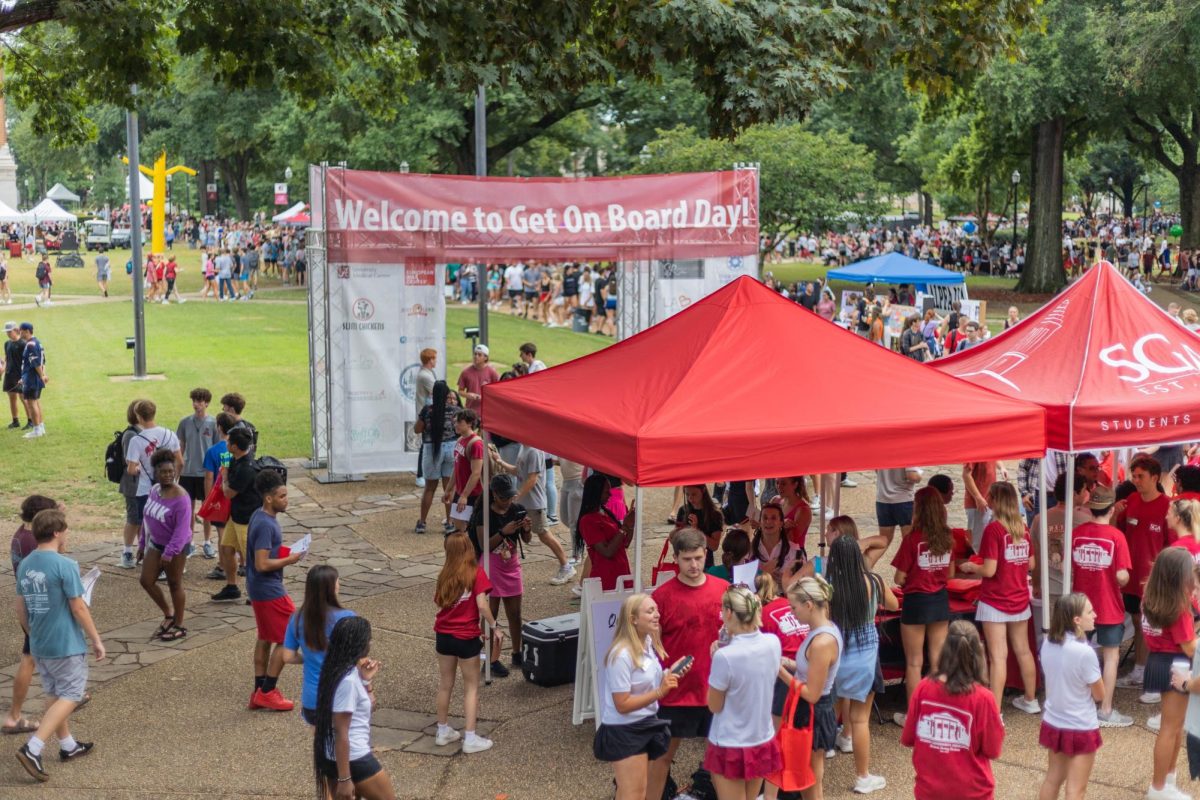In 2006, Jack Dorsey, along with Biz Stone and Evan Williams, founded the social media networking and microblogging website Twitter. Originally centered on the question of “what are you doing,” Twitter has “long outgrown the concept of personal status updates,” Stone says.
Politicians, corporations, media organizations, celebrities and others have created accounts for purposes beyond clueing followers in on what they ate for breakfast.
This very campus has embraced Twitter over the past couple of years. Users have actively participated in two functions of the website.
The first is social. Twitter offers an interactive environment that differs from Facebook but still allows for personal updates to followers. The second is information dispensing. Organizations such as the SGA and Creative Campus utilize Twitter as a free publicity tool to announce and promote events and other initiatives.
Both serve a valuable role, and I am delighted to see them take root among Capstonians. I have no desire for students and others at the University to change their tweeting ways.
I simply want to introduce another feature of Twitter to campus.
Hashtags on Twitter are often underutilized. Although humorous as additional clarification at the end of tweets, they can do much more. They help group tweets based on content and create an online platform to discuss subjects.
By clicking on or searching for a particular hashtag, you can view every tweet from any user that contains that tag. Already, local hashtags such as #BhamChat and #ALpolitics compile tweets on those two subjects. This forms an inclusive, yet focused chat room for interested users to follow or participate in the ongoing dialogue.
That is where #UAchat comes in.
Instead of commenting on the University in the boundless confines of cyberspace, tweeting with this hashtag will broadcast tweets to all users looking to engage with those on campus. This should include current students, campus organizations, faculty members and the administration.
It is not feasible to hold a physical forum on campus to discuss this university, but Twitter provides a free and easily accessible one online. As with any forum, questions can be raised and answered by anyone.
Twitter may not allow for the same civil and structured format of a normal conversation, but it does protect users from intimidation and the potential of being left out by flattening the field. All tweets are read the same, as long as they are clearly presented. It does not matter how many accolades are on a user’s resume or how many followers they have. Each tweet with the hashtag shows up in the chat.
We do not necessarily need better dialogue on campus; we just need a more diverse dialogue on campus.
The easiest way for students to get involved is to speak up. Sometimes those voices can be drowned out though. Using Twitter to host a conversation about campus will provide the chance for those who cannot normally participate to get involved.
If #UAchat succeeds with students, as I think it can, more students and other members of the University should begin to follow it and even participate.
The community drives movements on Twitter, and the same can be said for this campus. Any instrument that can host conversations and build community should be sought out. #UAchat is one of those instruments.
Twitter harnesses more potential than finding out what a friend or celebrity did on some afternoon. Do not get me wrong, I followed Reggie Bush’s harrowing root canal treatment with great earnest – I am not kidding.
The social and distributional benefits only scratch the surface. #UAchat can tap into Twitter’s latent reservoir of online communication. So, begin tacking the hashtag on to the end of tweets about campus issues and look for a moderated chat in the upcoming weeks.
Wesley Vaughn is a junior majoring in public relations and political science. His column runs on Wednesdays.








